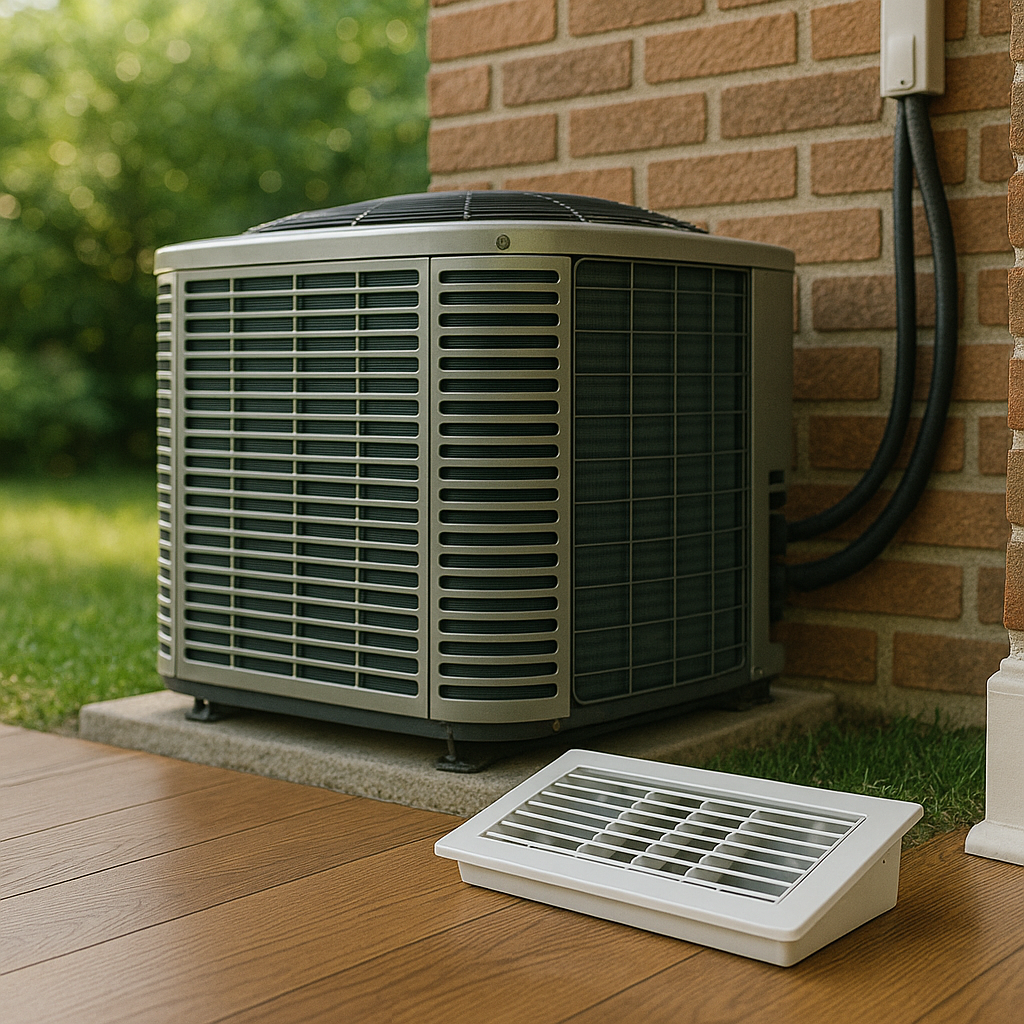
If some rooms in your home are always hotter or colder than others, you’ve probably thought about zoning your HVAC system. Traditionally, true zoning means installing motorized dampers in ducts and using multiple thermostats – often done during construction or expensive to retrofit. Now, an alternative exists: smart vents. These are internet-connected air vents that can open or close automatically to redirect airflow between rooms. But can smart vents really replace a traditional zoned HVAC system? In this post, we’ll compare smart vents with conventional HVAC zoning (and standard non-zoned systems) to see which might be better for your home.
1. What Are Smart Vents?
Smart vents are essentially adjustable vents that you can control via an app or that operate based on sensors:
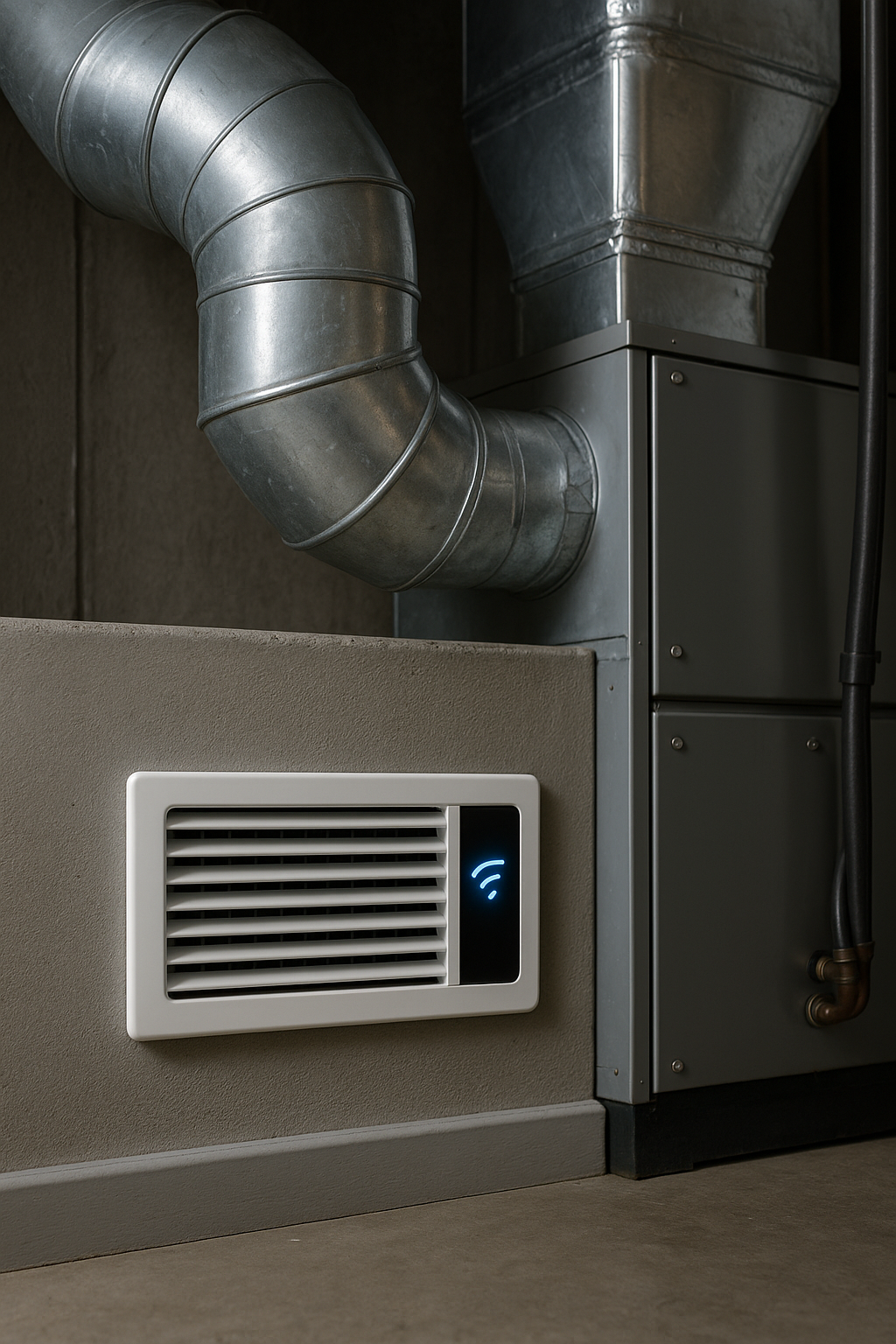
- How they work: You replace some of your normal vent covers with smart vent units. These have built-in motors to open or close the louvers. They often connect to a central hub or directly to Wi-Fi. You also use temperature sensors in rooms (or rely on a smart thermostat) so the system knows which rooms need more or less air.
- Room-by-room control: Using smart vents, you can create a pseudo-zone for each room. For example, at night you might close vents to the living room and direct more air to bedrooms. Or if one room gets too cool, its vent can throttle down so other areas get more airflow.
- Ease of installation: They typically don’t require professional installation. You pop them in and connect them through an app. This makes them an attractive retrofit option compared to installing ductwork dampers.
2. Traditional Zoning Systems
A traditional zoned HVAC system usually involves:
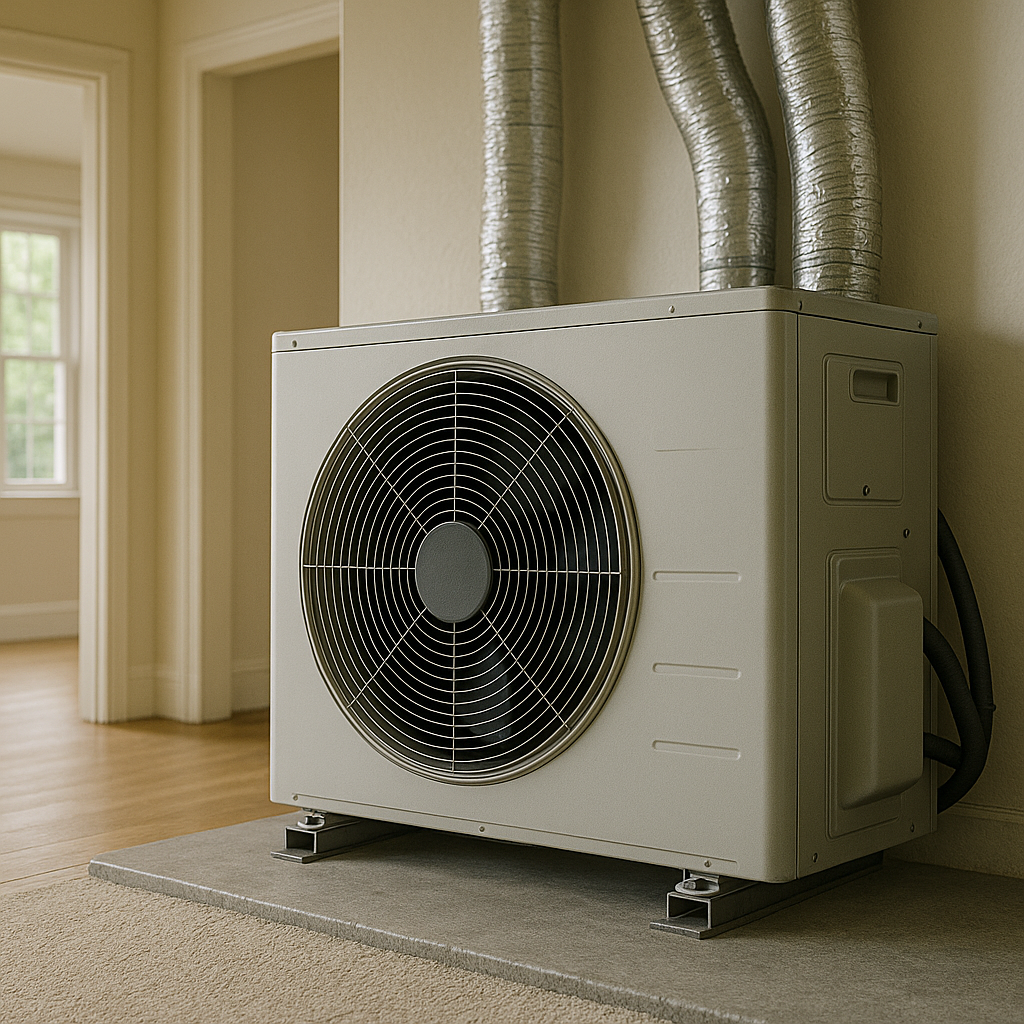
- Motorized Dampers: These are installed inside your ducts to block or allow air to certain zones (usually whole sections of a house, like upstairs vs downstairs).
- Multiple Thermostats: Each zone has its own thermostat, and the HVAC system turns on and off different dampers based on each zone’s needs. Often, the HVAC unit may have a variable speed blower or other controls to handle different zone loads.
- Professional Setup: Zoning is typically designed when the system is installed, especially in new construction. Retrofitting a house with ductwork to add zones can be complex and costly – running new ducts, wiring new controls, etc.
3. Cost and Installation Comparison
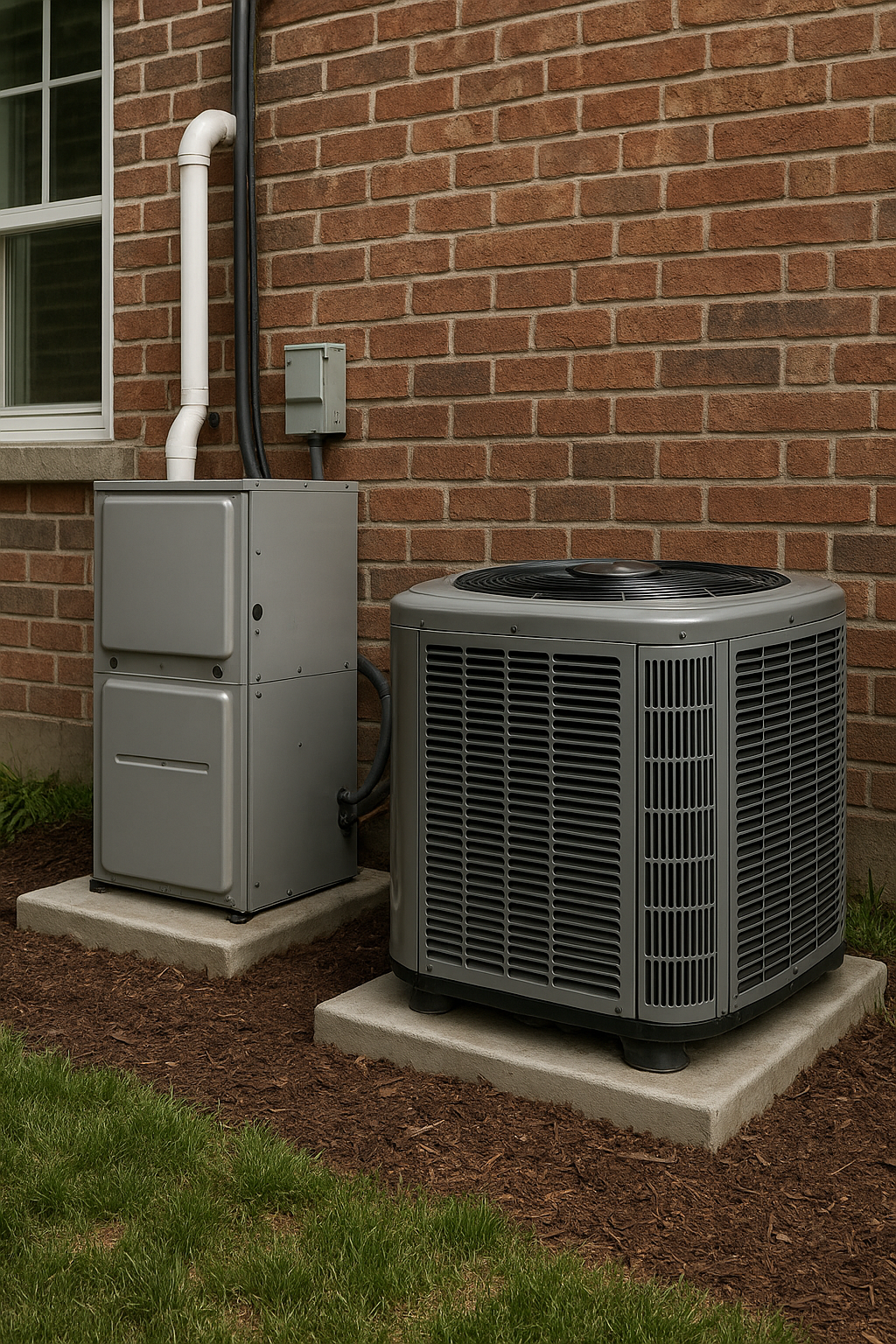
- Smart Vents Cost: Smart vent systems are relatively affordable. You buy as many vents as you need (perhaps $80-$100 each) plus sensors and a hub, if required. Outfitting a few key rooms might be a few hundred dollars. You can do it yourself.
- Traditional Zoning Cost: Installing a true zoning system in an existing home can be quite expensive, often requiring an HVAC contractor. It may involve new ducts or major modifications. In fact, traditional zoning systems can cost upwards of $10,000 for an extensive install. It’s usually only practical if you’re already replacing the HVAC system or building a new home.
- Disruption: Smart vents take minutes to install per vent. Traditional zoning could mean opening walls or ceilings to access ducts, running wires, etc., which is far more disruptive.
4. Performance and Comfort
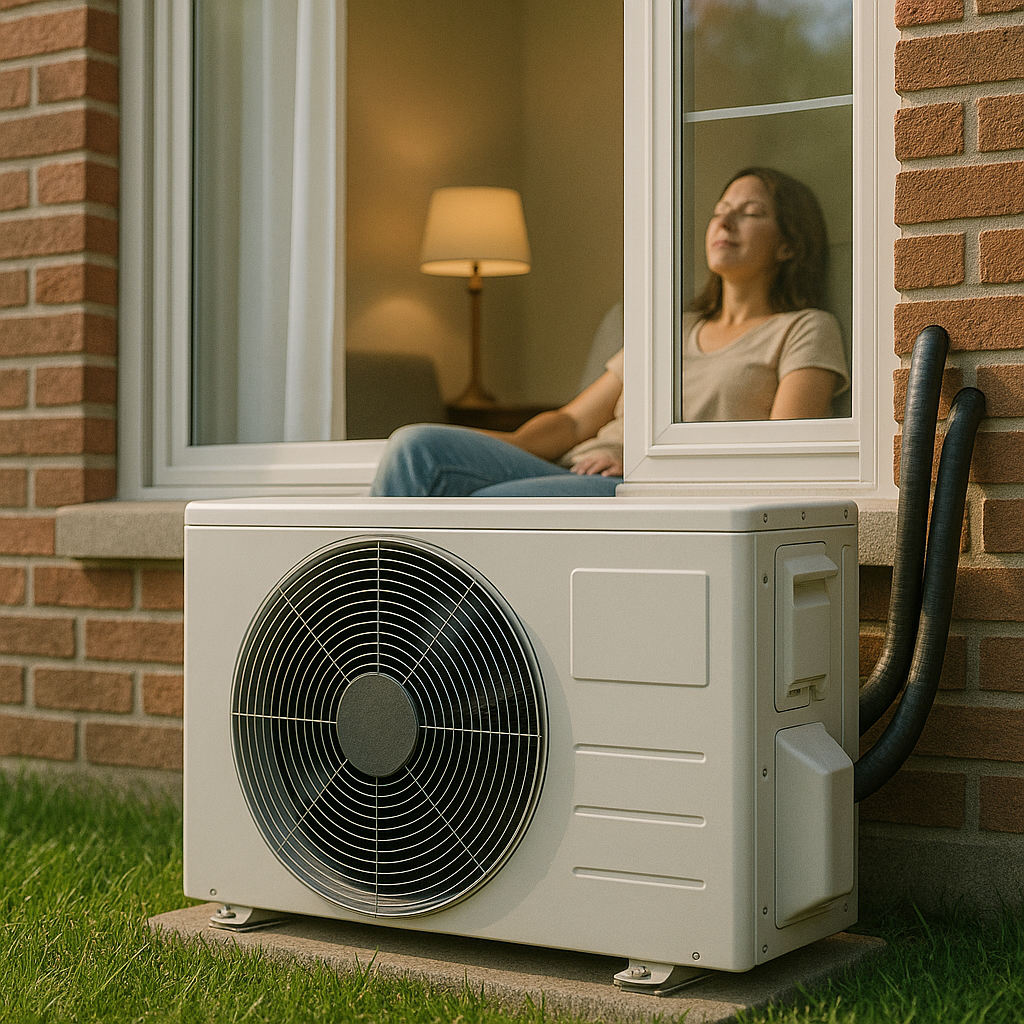
- Effectiveness of Smart Vents: Smart vents can definitely help even out temperatures by redirecting air. If one room cools faster, its vent can close and force more air to other rooms. However, smart vents are somewhat limited by the design of your existing ducts and HVAC capacity. They work best in homes that have one HVAC zone to begin with, to provide some level of control per room.
- Potential Issues with Smart Vents: If too many vents close at once, pressure can build up in the ducts. Good smart vent systems monitor pressure or only close certain vents partially to avoid damaging the furnace/AC. It’s important to use a system that accounts for this or to leave at least some vents always open. Many smart vent makers have safety features to prevent pressure issues.
- Traditional Zoning Performance: A well-designed zoned system can better tailor heating/cooling because it’s planned with duct sizing and equipment that can handle zone control (some systems have variable-speed blowers or bypass ducts for when zones shut off). Traditional zones typically deliver excellent comfort because each area of the house gets controlled separately with dedicated thermostats.
- Overcooling/Overheating Risks: Smart vents rely on limiting airflow to adjust temps, but the HVAC unit itself isn’t changing output – so it could potentially short-cycle or run inefficiently if many vents are closed. Traditional zoning, when done right, usually includes controls that adjust the HVAC output (like staging or blower speed) to match the active zones.
5. Use Cases: Which to Choose?
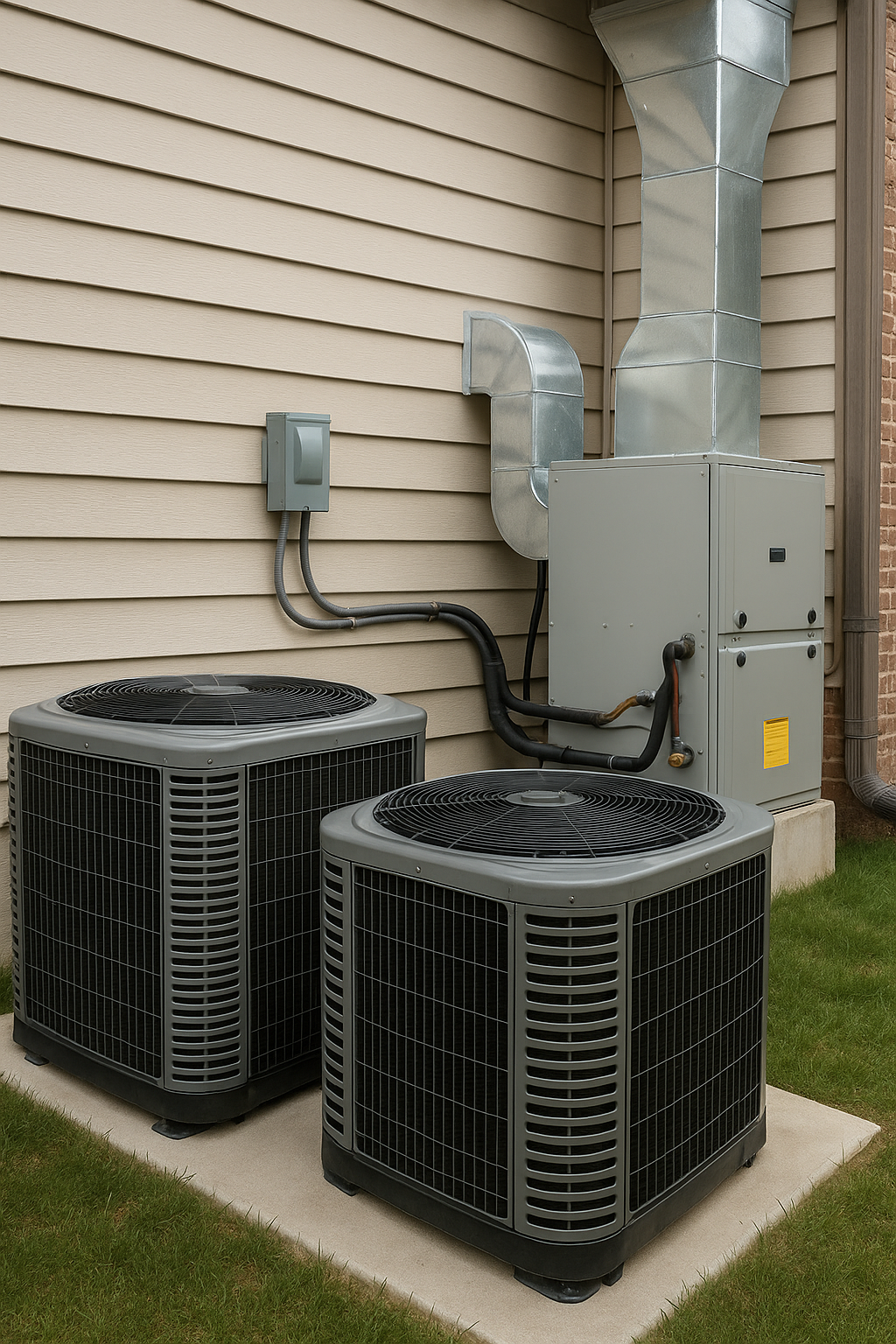
- Smart Vent Ideal Scenarios: If you have a single-zone system that leaves some rooms uncomfortable, and you want an easy retrofit, smart vents are attractive. They’re best for mild imbalances (one room a few degrees off) or to give a bit more control (like shutting off conditioning to a guest room when not in use). Renters could even use them (and take them when they leave).
- When Traditional Zoning Shines: If you’re building a new home or doing a major renovation, investing in a true zoned HVAC system can be worth it for long-term comfort. Homes with very distinct usage patterns (like a two-story home where upstairs is often empty) benefit from dual-zone or multi-zone traditional setups. Also, large homes where heating/cooling loads vary greatly between areas (due to sun exposure, etc.) might need the robustness of a real zoning system.
- Hybrid Approach: These aren’t mutually exclusive. You might have two traditional zones (upstairs/downstairs) and also use smart vents within each floor to fine-tune individual rooms. Or start with smart vents, and if they aren’t sufficient, consider a bigger upgrade later.
Conclusion
Smart vents are a clever, relatively low-cost way to get some of the benefits of zoning without the extensive installation. They make the most sense for existing homes where you want more control over individual rooms and don’t want to invest in a full zoning retrofit. Traditional zoned HVAC systems are excellent for tailored comfort but usually only justify their cost in larger or new homes where they can be installed from the get-go (or if money is no object in an upgrade).
if your goal is to fix a pesky hot office or to avoid wasting cooling on an empty guest room, smart vents could be the better bet. If you’re designing your dream house (or completely overhauling your HVAC), a professionally zoned system might be the ultimate solution. Evaluate your budget, existing system, and comfort needs – both options can improve comfort and efficiency when applied in the right situation.
